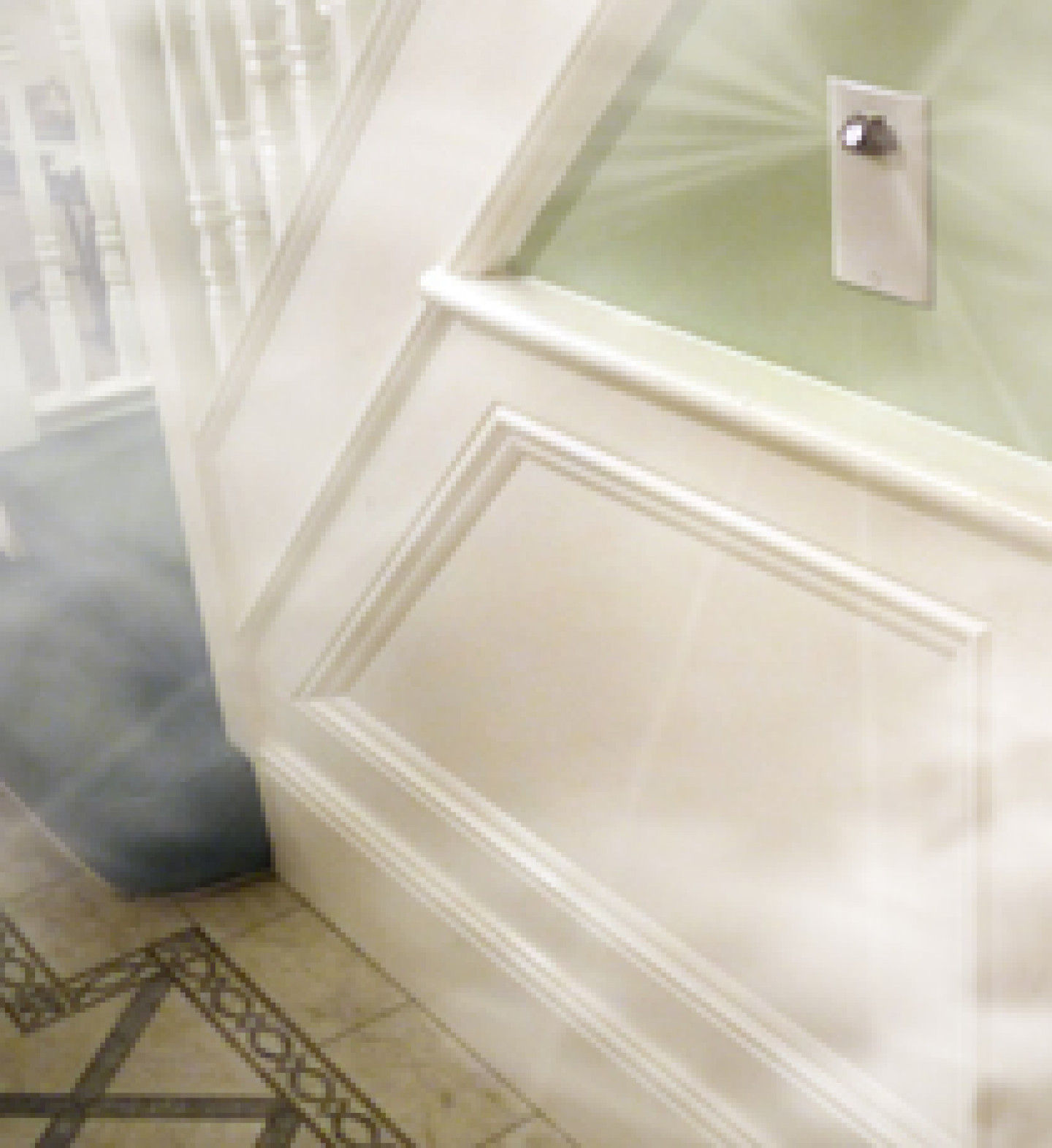Building regulations require the creation of a fire resistant protected escape route out from the loft to the dwelling’s final exit, in order to prevent occupants being trapped in a fire. Below are points that can cause difficulties for architects, developers and homeowners alike. These difficulties can often be tackled by using a device like Plumis’s Automist, an innovative alternative to loft conversion sprinklers which enables the objectives of Approved Document B to be met without compromise of layout.
Key Building Regulation requirements:
1. Form a protected route out from the loft rooms to a final exit at the ground floor with the construction of the walls.
The upper storeys must by served by a fire protected stairway (protected at all levels) which exits at ground floor level. This can often be at odds with a more desirable open-plan arrangement i.e. stairs open to the main living areas and are not enclosed by a traditional hallway leading to a final exit.
2. Provision of fire doors.
Any new door forming the protected escape route protection will have to be a FD20 / E20 fire-resistant door fitted in an appropriate frame as recommended by the fire door manufacturer. Intumescent seals may also have to be fitted to the frame or door edges as recommended by the door manufacturer to ensure it achieves the FD20 / E20 rating.
Is it worthwhile considering an alternative to these measures?
Upgrading doors and a protecting the stairway may be a straightforward route to meet the prescriptive requirements of ADB, but in many instances this will defeat the aesthetic objectives that drove the proposed layout. In these situations, when conventional compensatory measures create poor spaces, alternative suppression systems like Automist can deliver a better overall solution for achieving both compliance and life protection.
Will building control accept it as a compensatory measure?
The suitability of a compensatory measure must be judged on a case by case basis and is subject to Building Control approval.
Plumis will review your layout and make recommendations free of charge. A manufacturer’s cover letter can help open a dialogue with Building Control, and provide a starting point for the Inspector to form a more detailed view.
Click the link for more information about Automist - an innovative alternative to loft conversion sprinklers.
